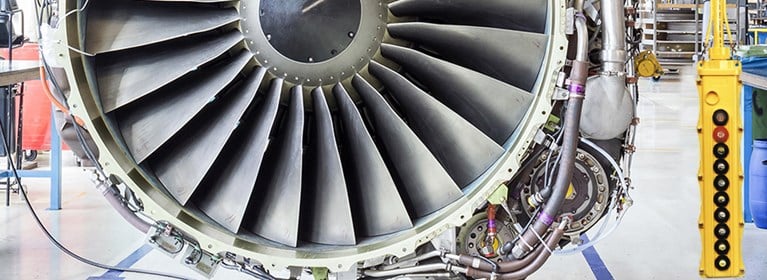Control Systems Used in the Aerospace Industry
These systems improve safety, reduce repetitive motions, and increase productivity.
Control systems in the aerospace industry are subject to stringent requirements. Above all, they must be robust, reliable, and precise. In other words, we’re talking about precise positioning of large and often unwieldy components. It’s no simple task.
Modern-day systems improve safety, reduce repetitive motions, and increase productivity. This makes work environments safer in both the aerospace industry and other forward-thinking manufacturing sectors.
Why it matters
Control systems are used in the manufacturing, repair, and maintenance of commercial and military planes, private or military vehicles, and even spacecraft. They reduce the risk of human error by accurately lifting and positioning aircraft components. Control systems are designed to accommodate the increasing demand for precision and efficiency in the aerospace industry.
As this is a sector that is constantly innovating, with machinery becoming more sophisticated, these systems must be able to adapt. So, control systems that offer custom feedback and automation features are necessary. With more efficient and precise systems, safer products are ready for use faster than ever before. Yes, you get both speed and safety. There’s no need to sacrifice one over the other.
And, flexible control systems allow one system to accomplish tasks for a wide range of aircraft. This reduces the need for costly specialized equipment. Technological advances in control systems allow engineers to plan for future model changes using current equipment.
Assembly
Aircraft assembly and manufacturing is characterized by large or complex parts. Manufacturers use control systems to precisely maneuver these parts into place. The systems must be durable and low-maintenance, with lifting components capable of handling heavy loads.
Also, to enable fuel-efficient flight, parts of an aircraft can be uniquely connected or shaped. They may have light-weight, delicate components, so these aspects need to be accounted for.
Maintenance and repair
At Duff-Norton, our control systems are used in the manufacturing, repair, and maintenance of aircraft. Safety is our main priority, so the standards of maintenance are high.
Automated control systems makes working within small or awkward spaces, such as those found in aircraft wings, much more efficient. High volume, repetitive refurbishment, assembly, or repair work is the perfect scenario to deploy control systems.
We produce custom automated control systems for synchronizing, lifting, and positioning loads. These automated control systems are used in wide variety of manufacturing applications. They range from simple to more complex automated and even explosion proof applications, with horsepower sizes up to 200 HP.
Contact the team at Duff-Norton for more information.
North America - EN





